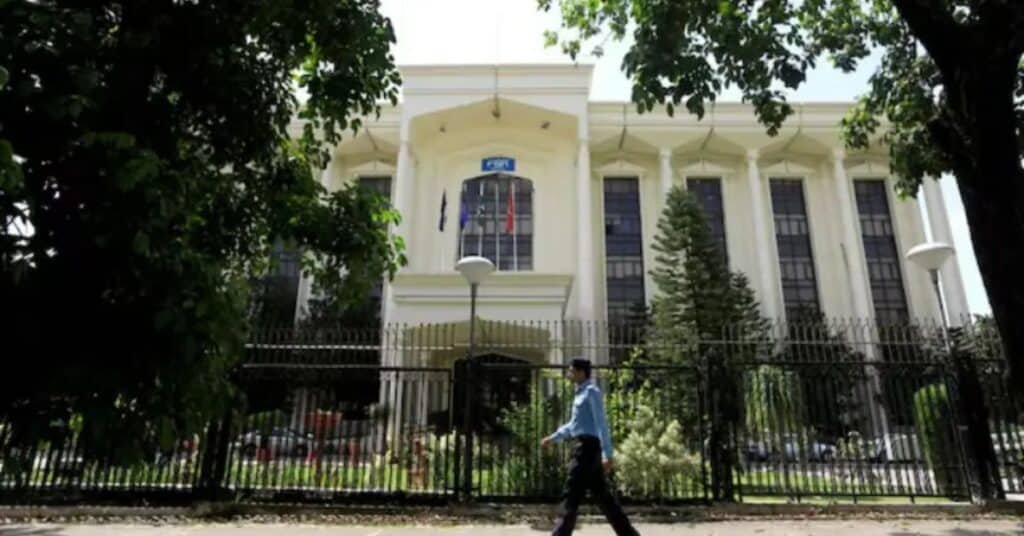ISLAMABAD (Kashmir English): The electricity prices in Pakistan are set to rise by Rs. 1.98 per unit in their October bills, as the negative fuel cost adjustment (FCA) for July expires
The negative FCA of Rs. 1.79 per unit, which offered relief in September, will not be applicable from October onward.
Rather, a positive FCA of Rs. 0.19 per unit for August will be levied, resulting in a total increase of Rs. 1.98 per unit for the majority of consumers, officials from the Power Division stated while presenting to NEPRA.
Central Power Purchasing Agency (CPPA-G), in its NEPRA petition on behalf of former Wapda distribution companies (Discos) and consumers of K-Electric, stated that the reference fuel cost for August was Rs. 7.3149 per unit, whereas the actual average generation cost reached Rs. 7.5059 per unit.
The regulator sought approval for recovering an extra Rs. 0.1911 per kilowatt-hour (kWh) from consumers for making up the shortfall, which will add up to Rs. 2.62 billion to October’s bills.
Consumer representatives expressed their concerns regarding layering taxes and surcharges at the hearing. They indicated that a general sales tax (GST) of approximately Rs. 0.60 per unit is being imposed in addition to a Rs. 3.23 per unit surcharge, which is being employed by the federal government as a means of repaying Rs. 1,225 billion worth of loans from 18 commercial banks.
One intervenor noted that the 18 percent GST on the surcharge could accelerate loan repayment, potentially reducing the payback period from six years to five.
Industrial consumers, however, cautioned that already the withdrawal of the prime minister’s relief package has pushed their energy price up by 10 percent, with unit tariffs for industry increasing from Rs. 29 to Rs. 35. They also reminded the government of previous assurances to provide power at $0.09 per unit.
Regulators of CPPA-G blamed some of the cost rise on decreased hydropower production in August, as a result of reduced water releases from dams because of provincial flooding. Hydropower contribution to the energy mix was reduced to 38.8 percent, compared with a reference level of 40.9 percent, prompting increased dependence on pricier imported coal and RLNG.
It also raised concerns regarding the government’s recent exemption of bills for flood-affected areas. Officials from the Power Division made it clear that the federal government will bear the expense of exemptions and not transfer them to other consumers.




